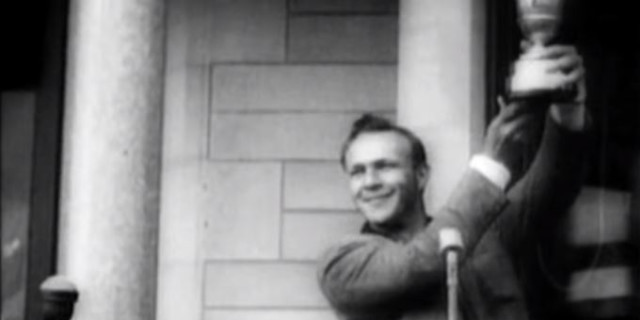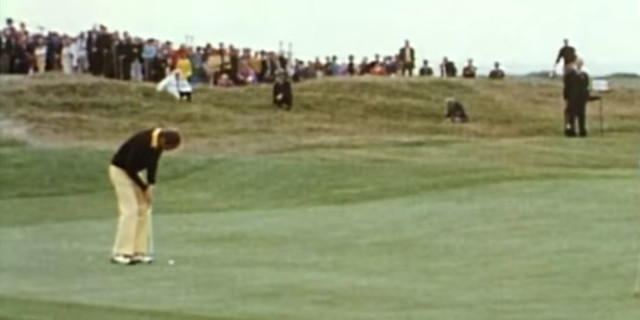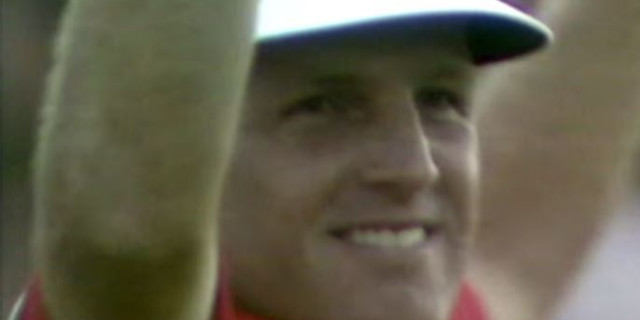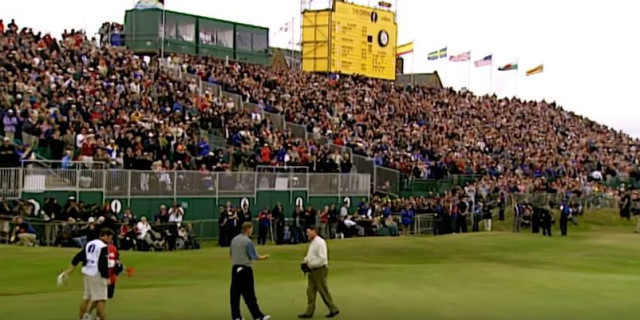
The Inexplicable Open Dominance of Americans at Troon
Post by Golf Writer Kieran Clark
Twelve years after the largely unheralded Todd Hamilton snatched the Claret Jug from the grasp of former winner Ernie Els, the Open Championship makes a long-awaited return to Scotland’s West Coast, and more specifically; Royal Troon, for a ninth occasion.
Few would consider the Ayrshire links, which succeeded nearby Prestwick on the revered rotation during the 1920s, as being their favourite venue, but it remains a solid examination of seaside golf, particularly the formidable back-nine, which is likely to provide a fearsome conclusion to the 145th Open if there is any semblance of breeze in the wearied faces of those in contention. There is little to dislike about Troon, but it lacks the romantic charm of the other venues. Unless, that is, you are American.
Featured Content
Since 1962, when Arnold Palmer, whose appearances in Britain rejuvenated golf’s oldest major, successfully defended the title he had won 12 months previously at Royal Birkdale, there has been an inexplicable dominance on this respected old course by golfers from the United States.

The legendary Pennsylvanian produced a masterful display to dominate the field, leading over the last three rounds to ultimately finish six clear of Australia’s Kel Nagle, who had ironically denied the game’s most popular exponent victory at St. Andrews during his debut bow across the pond in 1960.
It would take more than a decade for the Open to make a return to Ayrshire, where England’s Arthur Havers and South Africa’s Bobby Locke had previously triumphed. Troon’s next championship, in 1973, would be remembered for two reasons; it was the only major title secured by sweet-swinging Tom Weiskopf, and it also saw the great Gene Sarazen, in his 72nd year, making a farewell hole-in-one on the famed eighth hole during the first round.
The Postage Stamp, measuring a mere 123 yards on the scorecard, has long been established as one of the game’s finest and enduringly challenging par threes, ranking alongside Augusta National’s 12th, Pebble Beach’s seventh, and the brilliant 11th at the Old Course of St. Andrews. This hole, which punishes those who dare to hit an imperfect shot, and the brutally difficult 11th, The Railway, 490 yards of terror that was described by Palmer as being “the most dangerous hole I've ever seen”, are likely to be the most discussed during this year’s championship.

Back to those Americans, however, and nine years after the tall Ohioan took the title from Johnny Miller, it would be the greatest links player of the modern era, Tom Watson, who found success at Troon, clinching his fourth victory by a solitary shot from England’s Peter Oosterhuis, and future champion Nick Price, with the Kansas-native being serenaded by applause and cheers from the Scottish galleries who respected his skill and fortitude to reign supreme on their historic courses.

At the end of the decade, it would be another American, this time in the form of Mark Calcavecchia, who overcame two Australian major champions, Greg Norman and Wayne Grady, in a playoff that concluded a memorable Open. The Shark, who won at nearby Turnberry in 1986, had shot a course-record of 64 to secure his participation in extra holes, before disaster struck on the 18th to hand the Claret Jug to the burly 29-year-old from Nebraska.
It would be the turn of Texas in 1997, with Justin Leonard holing putts from all directions to etch a scintillating final round of 65, which saw him take advantage of the struggles of Darren Clarke and Jesper Parnevik, who dragged each other down in the last pairing. For the 25-year-old from Dallas, who later played on three Ryder Cup teams, it would be the only major of a career that has brought 12 victories on the PGA Tour, with the finest being that day at Troon.

The aforementioned Hamilton, a 38-year-old who had played for much of his career in Japan, had claimed his maiden title on the main tour in the States earlier in 2004 at the Honda Classic, but few could have seen him as a potential winner of the Open. But it was an era of surprise major victors, with the likes of Rich Beem, Ben Curtis and Shaun Micheel all securing one of the game’s four most prestigious events around the same time. That would ultimately prove to usurp those who were hoping to witness a duel between Els and Phil Mickelson, just months after their dramatic contest at Augusta.
It had looked like being a possibility during an unpredictable Sunday, but Hamilton made three birdies on the back-nine to take control, before a bogey on the 18th saw him fall into a playoff with the South African, who had made gains on the 16th and 17th to boost his chances of a second Open win.
Onto those extra holes, with the 11-time Japan Tour champion continuing the solid golf he had displayed all week, relying on his trusty short game to make four pars to finish one ahead of the 2002 victor at Muirfield, who had dropped a shot after overshooting the green on the 17th.

Afterwards, the surprise champion, who returns to Troon this week at the age of 50, said: “I was trying to look around as much as I could to soak it all in. So to be Open champion is very special.”
It certainly is. And someone else will experience that moment on Sunday. Just remember to back an American winner.

The oldest & most prestigious major, a trip to The Open is a must for every golf fan. From tickets and transfers to hospitality & golf, Golfbreaks.com can build the perfect package to help you experience The Open in style.









